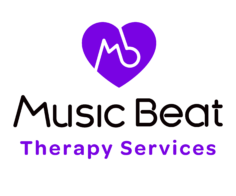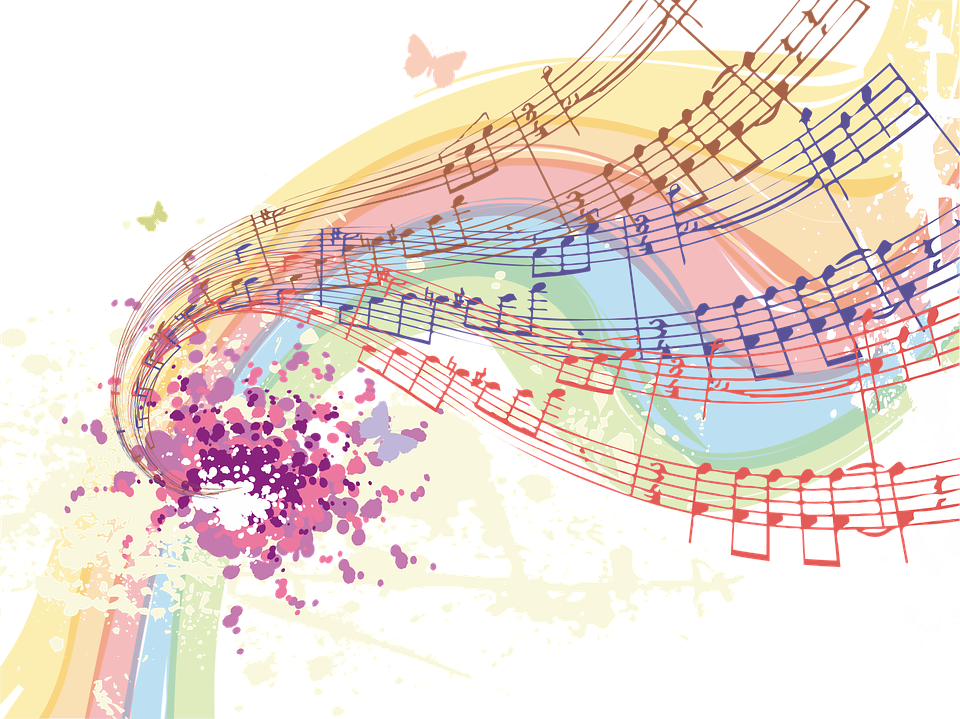When I tell someone that I’m a music therapist, I can usually guarantee one of two responses: a flat out “what’s that?”, or “is that where you play music for people to relax?”. For anyone who has ever come to a kids music therapy session that I have facilitated, you’ll know that they are rarely relaxing, full of energy and movement, and can often verge on the point of ‘crazy’!
So what is music therapy? Music therapy can be so many things for different people and therapists. I could give the general definition, but that’s easily found (check out the Australian Music Therapy Association’s website for more info). The clinical definition I usually give people is that music therapy is the therapeutic application of music and neuroscience on cognitive, motor, and sensory functions and development.
This definition I’ve developed over the last five years practicing as a Registered Music Therapist and Neurologic Music Therapist and I’m sure I will continue to develop it as I go along. As a definition though, it is still quite clinical in its terminology, so let me break it down a bit. When I practice music therapy, I use elements of music (beat, rhythm, pitch etc.) plus neuroscience (music’s effect on the brain) to encourage the development of communication, cognition, motor skills, sensory integration and social skills.
All of this is done through musical play and a fun activities. The best part about music therapy? Children don’t realise how hard their brains are working because they are too busy playing and having fun!
In terms of neurologic music therapy, music’s effect on the brain is fascinating! The fact that beat and rhythm can entrain the brain is so interesting, as then other parts of the body and bodily functions follow. Music can help align brain waves, create new neural pathways, help control breathing, cue the brain to make movement and sound, improve memory, increase/decrease heart rate plus so much more.
Music is so structured that brains love it! An important thing to know is that there is no centre in the brain for music. With neuro-imaging, music lights up the entire brain, not just one part. A great way to explain this is with an example of communication. Whilst there are centres in the brain for expressive and receptive language, there is no centre in the brain for music.
The fantastic thing about this is that if language centres are delayed in development or if there is a brain injury to these centres, specific neurologic music therapy techniques can help facilitate the development of new neural pathways to create a new language ‘centre’. But it’s not just with communication that neurologic music therapy can make a difference – it’s with so many other skills that we need in our daily lives!
It feels like there are an infinite number of benefits of music therapy for kids with disabilities. Music therapy is such a fantastic tool for encouraging a child’s development of important skills in areas such as cognition, communication, movement, sensory integration, and social awareness. All of these developmental skills are important and often intertwined, but it might be easier to separate them for the purpose of explaining the therapeutic benefits.
Communication
So we know that music can help with communication in that it shares some similar neural pathways with speech and can create new neural pathways. A steady beat can help help the brain send signals for communication (whether through sign or vocalisations). It can cue the body to respond in time. If I sang “Twinkle, twinkle, little…” most of you would respond with “star” at the appropriate time. Things like singing known songs and making sounds to music can be beneficial in the development of speech and communication.
Motor Skills
Similarly to speech, music and a steady beat can help the brain send directions to the body for it to move. Obviously different skills require different muscle groups and different sets of muscle memory, but these can be built up with practice. The basic processes in making movements are: decide to make a movement, the brain has to then send the signal to make the movement, then the muscles make the movement. Some people can have a delay in those basic steps, particularly in the brain communicating with the muscles. Music, beat and rhythm can help make the signals between brain and body smoother. Once you have a child entrained in a beat, making the beat quicks gives the child the potential to make the movements faster if the muscle memory is already in place. Music can be used in conjunction with learning the most basic life skills. Dancing, drumming, and instrumental play are all musical activities that can encourage the development of basic fine and gross motor skills.
Memory
If I asked you what letter in the alphabet comes before ‘i’, who might need to go through the alphabet song to figure it out? Don’t be ashamed… most people do! So much can be learnt through music and singing songs. That’s why people can remember lyrics to a whole song, but might not be able to repeat one sentence. Music can be so predictable that our brain loves it’s structure and remembers information much more easily. It helps our memory and our ‘chunking’ of information to retain. I have written songs to help children learn everything from the order of the planets from the sun to the steps to take when going to the toilet.
Cognition
There is so much to say about cognition. Apart from memory, even basic concepts such as high/low, loud/quiet, and fast/slow are all part of cognition, along with counting, learning the alphabet, and the ability to follow one or more step instructions. All of these things are easy to incorporate into musical activities. I could probably talk all day about music therapy cognition, but I will try to limit it to one example! Let’s take the concepts of loud/quiet and fast/slow and put it into a drumming activity. Not only do children hear what these concepts are, they also get a visual from me (whether it’s through my hand playing the guitar or through my body). They also get to feel what slow feels like or what fast feels like, as the music and beat will entrain their brain and body. There are countless things that music can be used for in cognition.
Social Awareness
It goes without saying that music is very much a social experience, whether it’s making music in a group, going to a concert (Wiggles anyone?) or just listening to it. Most of us have grown up with it being part of our lives, whether it be at parties or even just background music in a shop or cafe. Music therapy uses that basic urge for us to socialise and brings it to a new level. It can help develop social skills, especially in conjunction with communication skills. It once took me almost 20 sessions with one client for him to respond to anything in music therapy, but the day he actually looked me in the eye I think I almost cried. All of those little social skills that we take for granted can be massive steps for some kids.
Sensory Integration
I think by now you’ve read a few times about music and beat and rhythm. These elements are so basic in function, yet so important! So yet again, music and sensory play can help our brains to: make sense of the world, know where our body is in space, prepare us for changes and help us regulate our reactions. Sensory integration takes part in all activities of music therapy, because we often use all of our senses in activities (even putting instruments in mouths to taste them!).
This is the end of the article

